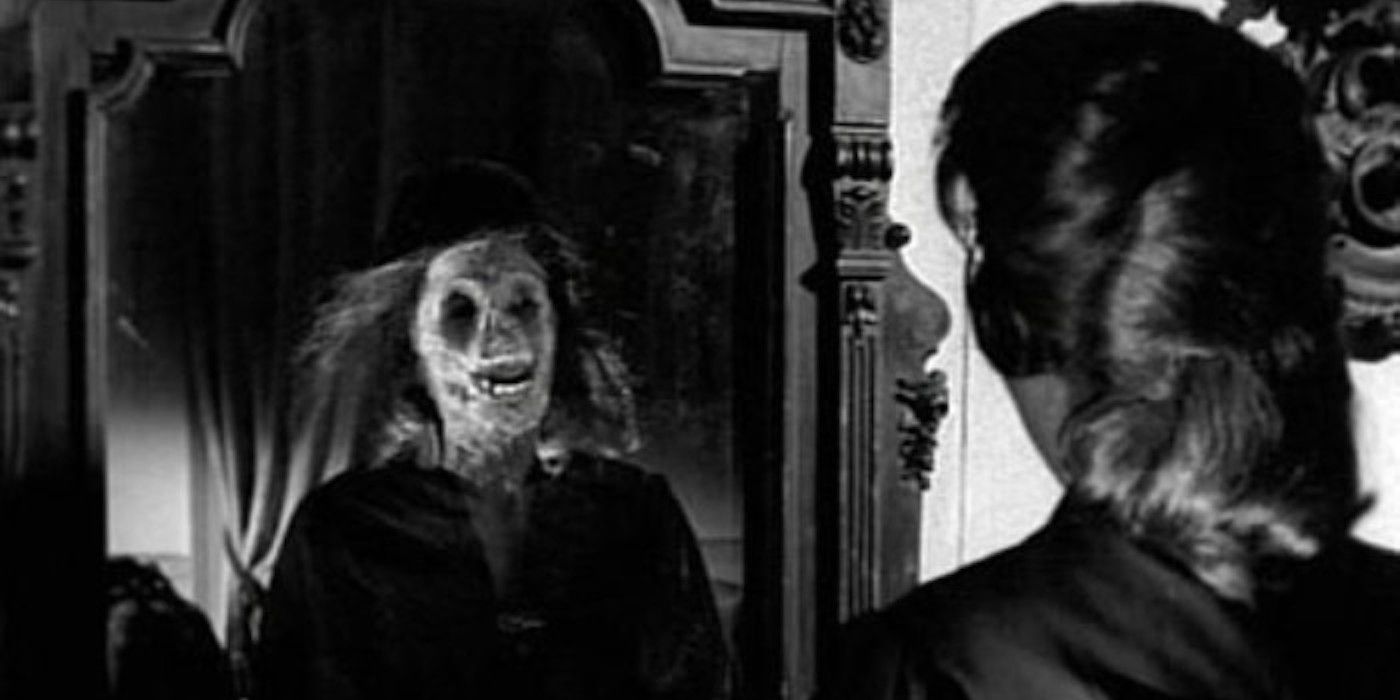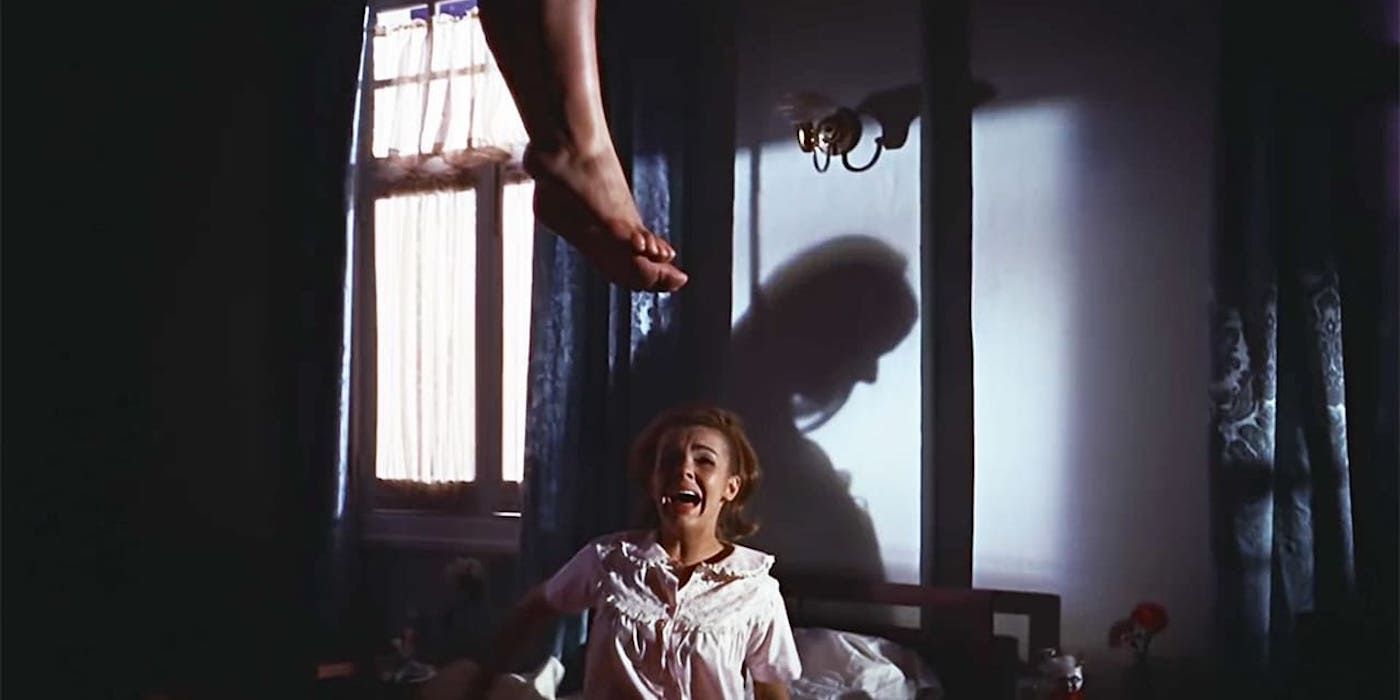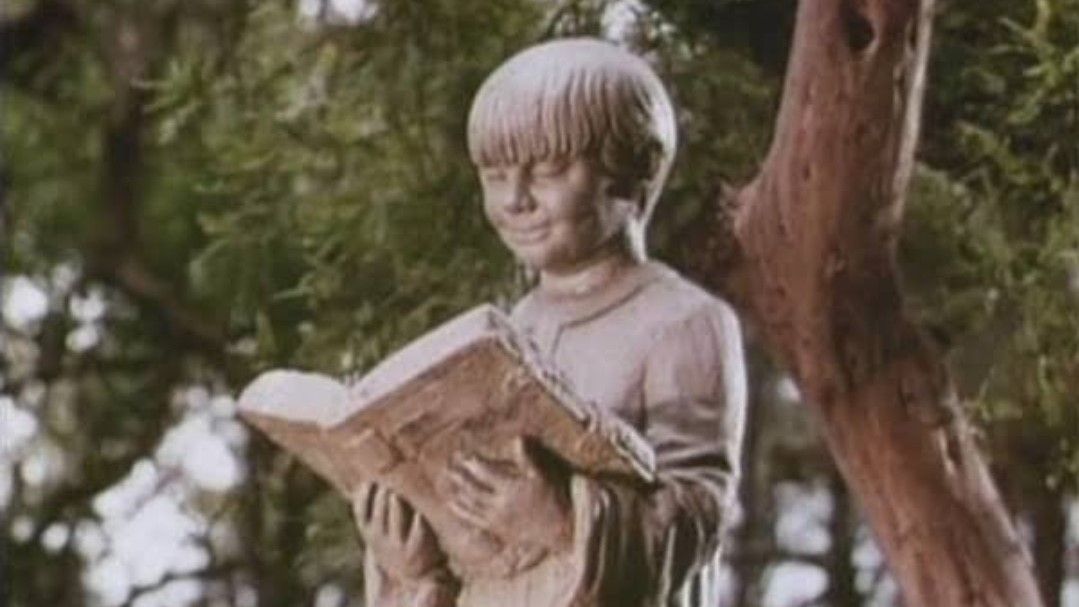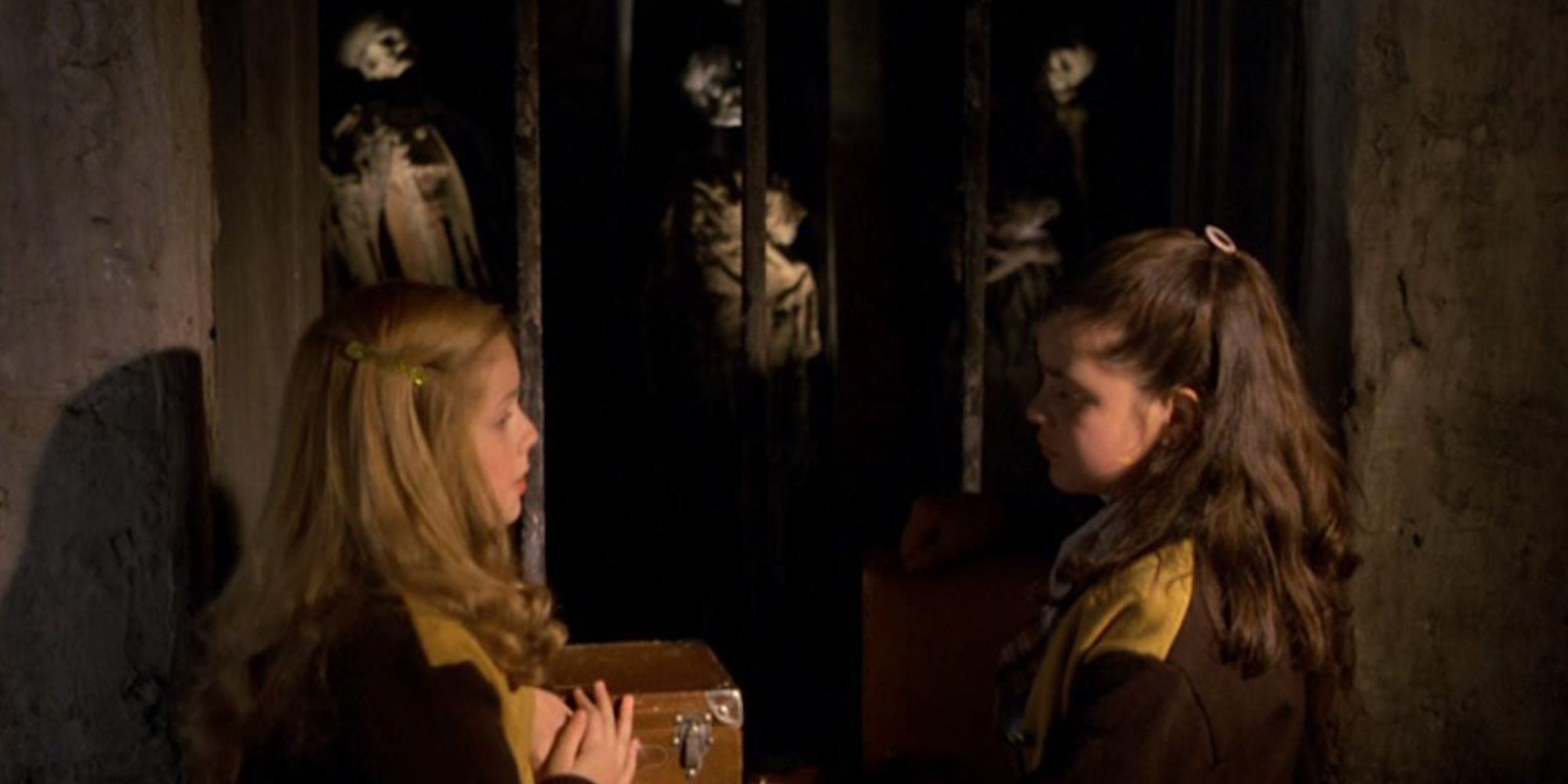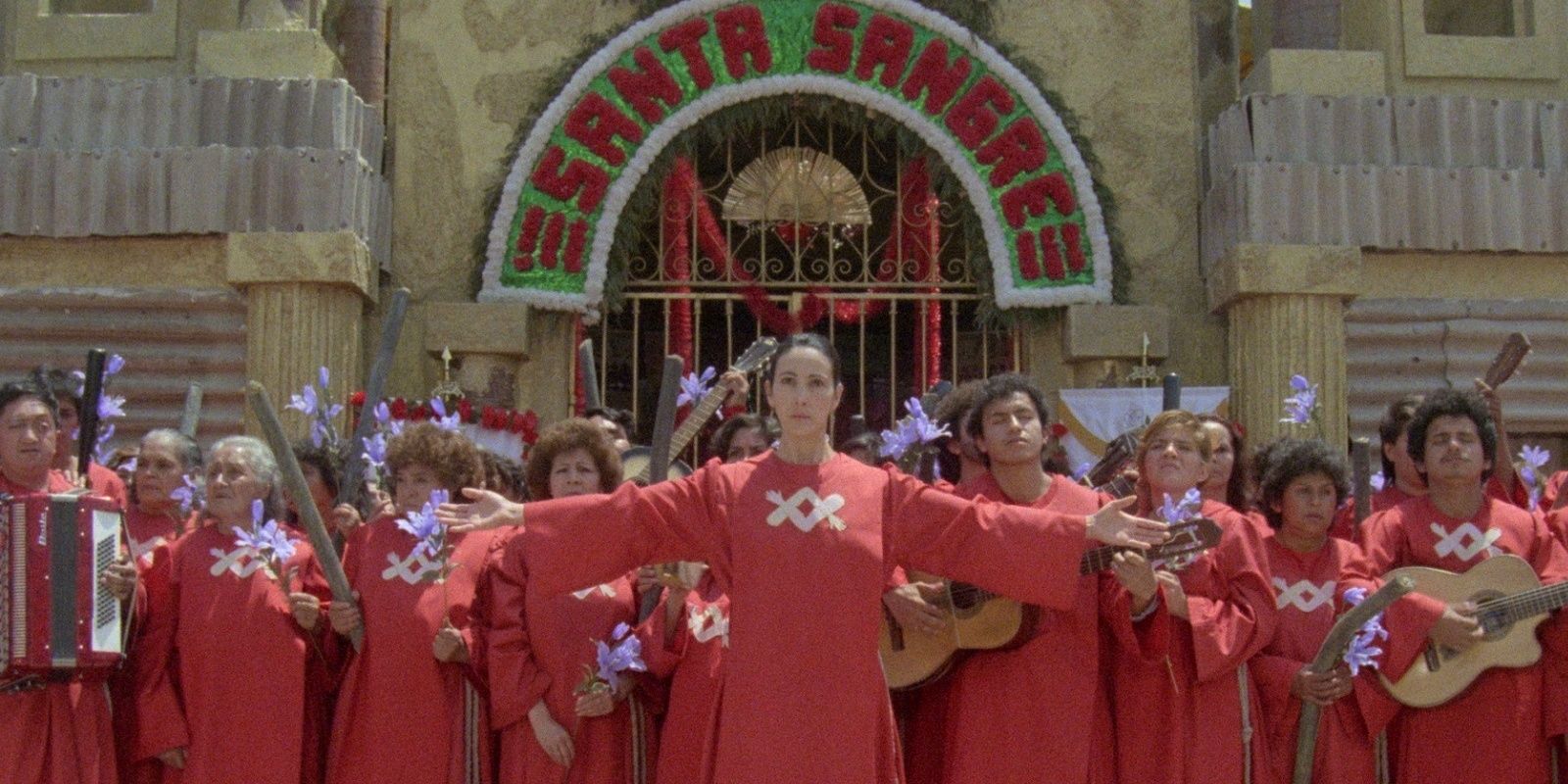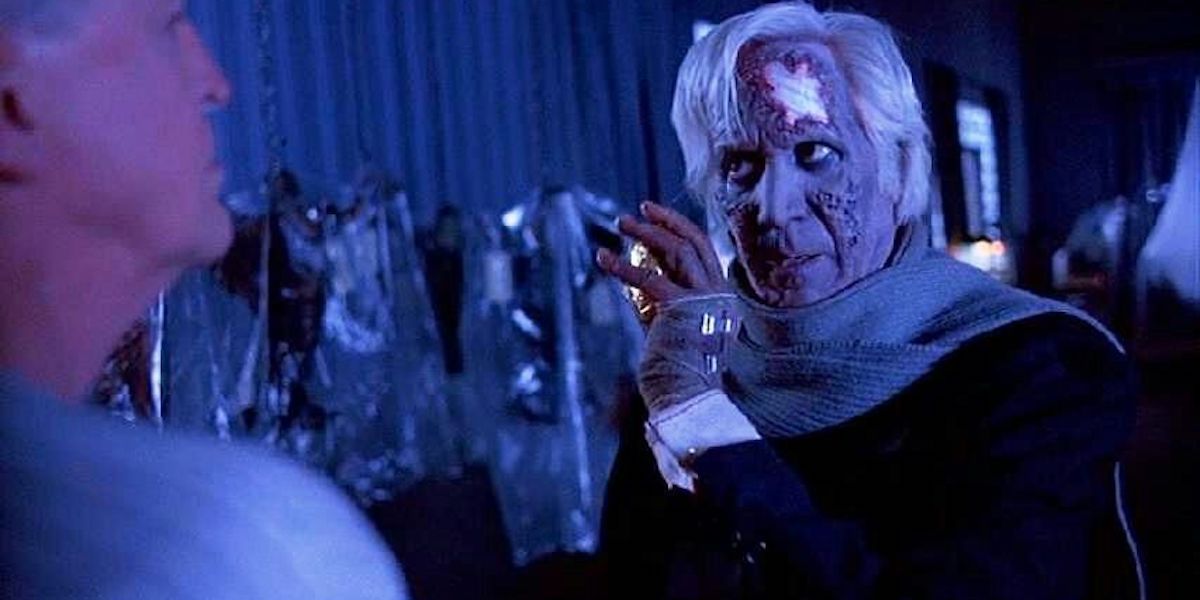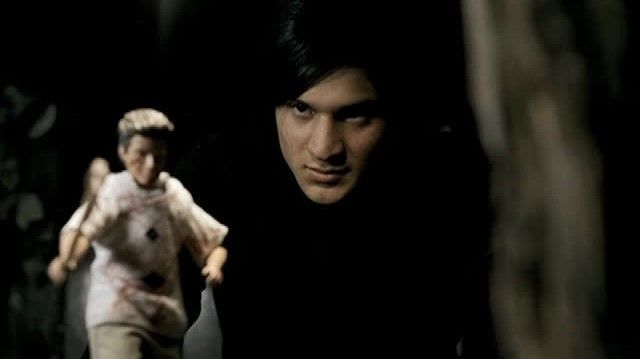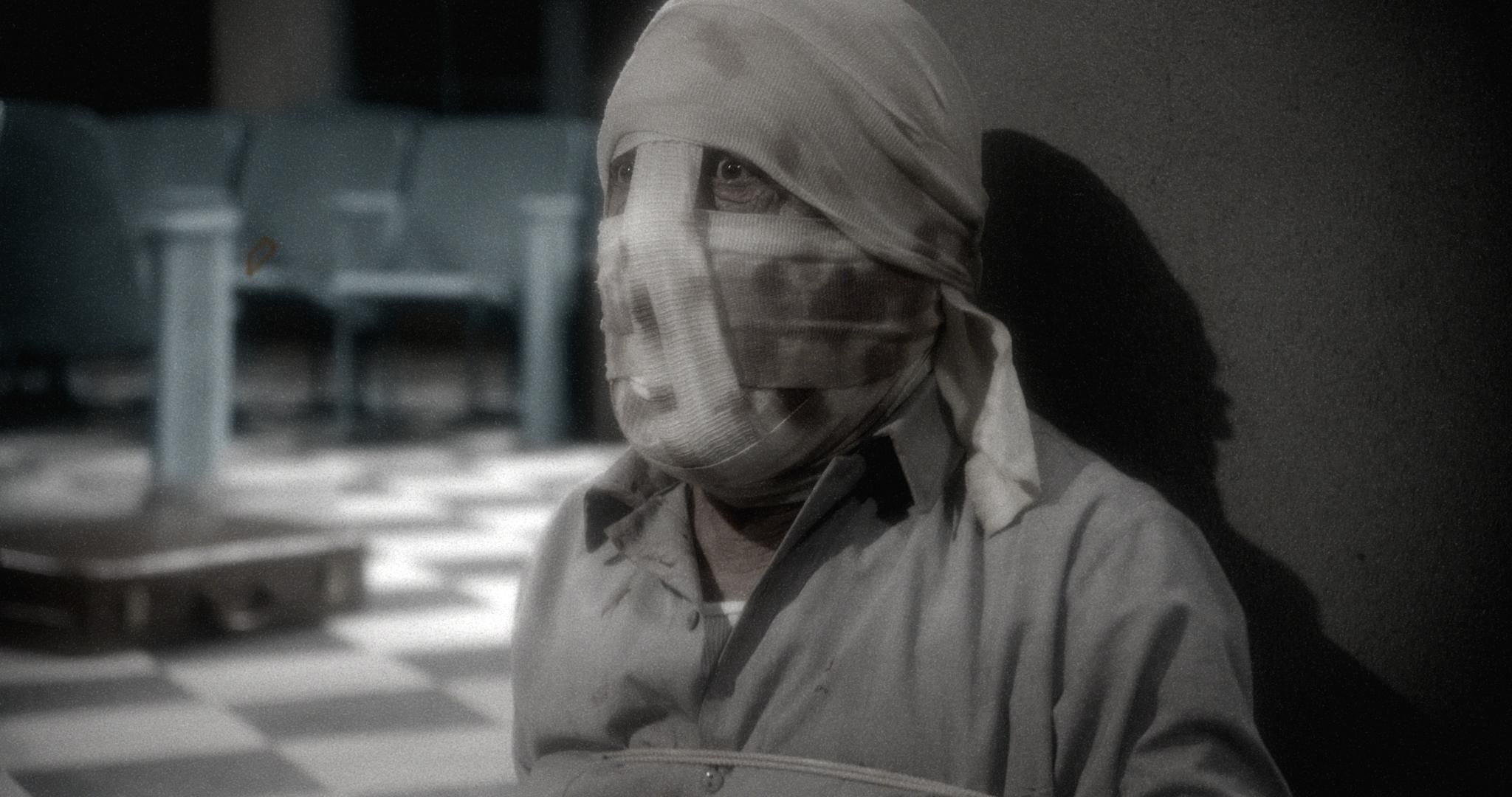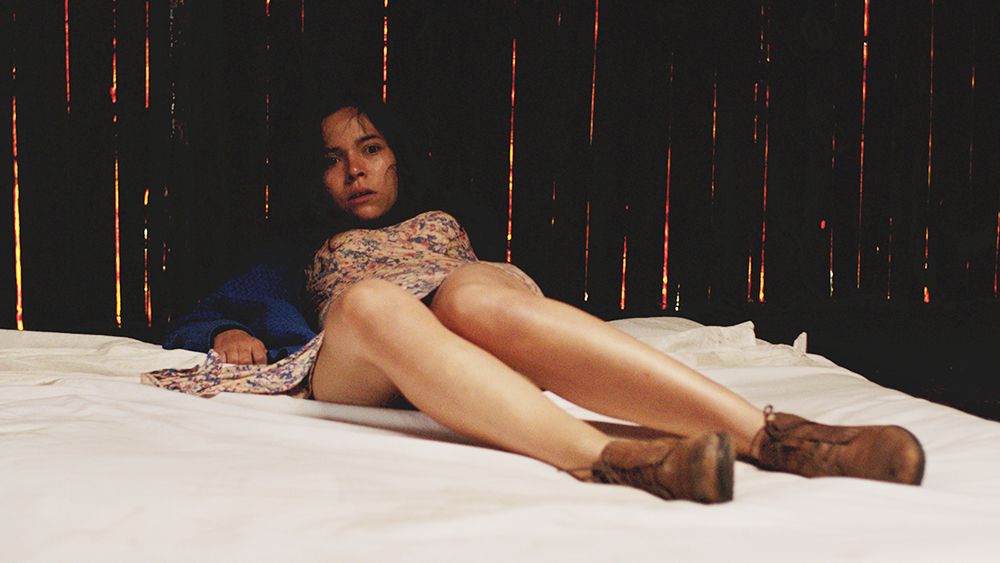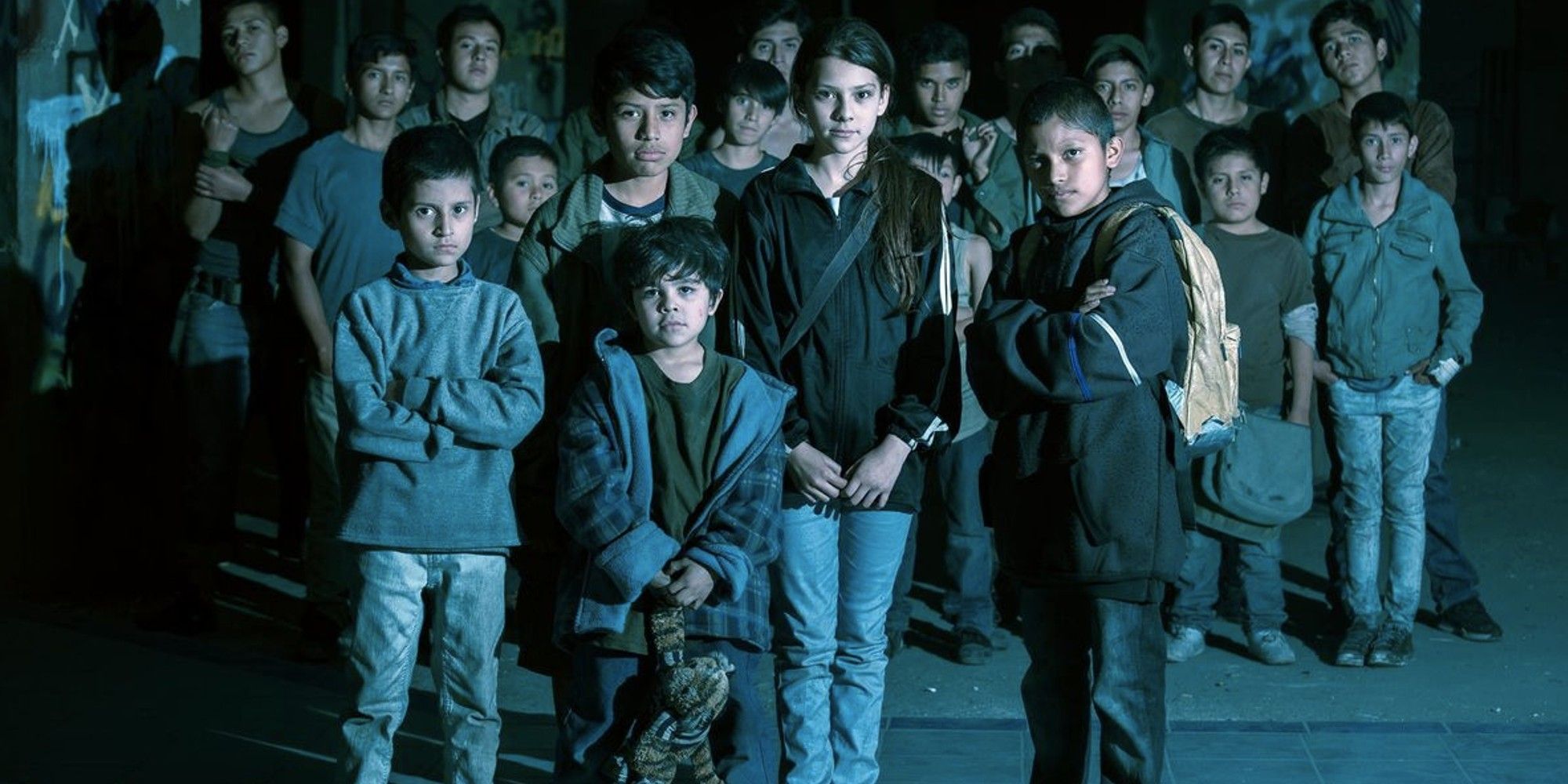Mexico is a country ripe with centuries of rich history and urban legends. It is no wonder, then, that some of the best horror films have risen out of the brilliant minds of Mexico’s most talented filmmakers. Often underappreciated in comparison to the likes of J-horror, Mexican horror offers its own unique cultural perspective, exploring how utterly terrifying it is to be human. From horror stories rooted in fantastical realism all the way to terrifyingly bleak peeks into the worst facets of reality, this list of films aims to introduce you to the glorious and macabre world of Mexican terror. And these are only the tip of the iceberg.
1 'The Curse of the Crying Woman' (1963)
'La Maldición de la Llorona'
This classic film directed by Rafael Baledón is inspired by the popular Mexican legend about La Llorona, a woman who is said to have drowned her children in a rage. As the legend goes, her spirit wanders near bodies of water, and those who hear her cries will find themselves in incredible danger. The film, however, has very little to do with the specific details of the actual legend. Instead, it follows a young woman named Amelia (Rosa Arenas) as she visits her aunt Selma (Rita Macedo) who lives in a sprawling mansion. Due to their cursed bloodline, Amelia soon realizes that her aunt intends to use her in an ancient ritual to resurrect La Llorona, so the women in the family may obtain ultimate power. At its core, the film is concerned with questions surrounding whether women can be empowered if the men in their lives are still in the picture. The Gothic atmosphere of this film is hauntingly beautiful, and the makeup still manages to get under the skin of viewers even decades later.
2 'Even the Wind is Afraid' (1968)
'Hasta el Viento Tiene Miedo'
The original king of Mexican horror, Carlos Enrique Taboada, is widely credited with revolutionizing it away from traditional Gothic elements and into a more modern landscape. This film takes place in an all-girls college that is haunted by a previous student who committed suicide due to the malicious negligence of the school’s headmaster. Though not as cinematically experimental, it is incredibly evocative of Dario Argento’s Suspiria despite preceding it by nearly 10 years. Taboada utilizes both the lighting and space within the film to effectively elicit a sense of claustrophobic unease throughout. What makes the film absolutely stand out, however, is the sound design. Its score is felt all the way down to the roots of your teeth and what you hear is often more terrifying than what you can see.
3 'The Book of Stone' (1969)
'El Libro de Piedra'
Kids at the center of horror films always manage to make them that much more creepy. This is especially true when one of the kids in question is a stone statue nestled in the property of a family’s sprawling estate. The second Carlos Enrique Taboada film on this list follows a governess who is hired by a wealthy family to watch over their young daughter. It is soon revealed that the young girl has an imaginary friend named Hugo. The audience and the governess learn that Hugo is actually the statue of the little boy in the courtyard who grins down at the open book in his hands. Over the course of the film, things get weirder and more horrifying until it finally reaches its devastating conclusion.
4 'Poison for the Fairies' (1984)
'Veneno para las Hadas'
The final Carlos Enrique Taboada film on this list is another that centers around children. Instead of a creepy imaginary friend, however, it tells the story of a friendship between two young girls that goes horribly wrong. A young and lonely girl named Veronica gets a taste for the macabre after listening to her nanny’s stories. She later meets another young girl named Flavia at school and later manages to convince her classmate that she is a witch. Over the course of the film, multiple incidents further convince Flavia that Veronica is indeed very powerful. Veronica uses her newfound influence over Flavia to encourage her to help gather the ingredients to make a poison for fairies (the supposed natural enemy of witches), which has disastrous consequences in the end. The film retains a whimsical fairy-tale-like mood throughout which helps to further drive home the horrors embedded within childhood fantasies.
5 'Holy Blood' (1989)
'Santa Sangre'
Alejandro Jodorowsky’s film is a cult classic for a very good reason. The film itself is a colorful, highly stylized, and experimental jaunt into the main character Fenix’s (Axel Jodorowsky) life story that is filled with revenge. Its level of artistic surrealism makes it both psychologically disturbing and unexpectedly emotional. Characteristic of Jodorowsky’s earlier films such as El Topo and The Holy Mountain, Santa Sangre is truly a film where the experience is valued over the coherence of the plot. In many ways, the best way to describe this masterpiece is if John Waters and Dario Argento took acid and decided to make a film together.
6 'Cronos' (1993)
Of course, no list of quintessential Mexican horror films would be complete without Guillermo del Toro. His first feature film tells the story of an antique dealer named Jesús (Federico Luppi) who comes across a scarab beetle-like mechanical object that latches onto him and miraculously begins to restore his youth. The price for this miracle, however, reveals itself to be an insatiable taste for blood. Over the course of the film, Jesús not only has to confront his horrible fate but also the ways in which others reveal themselves to be violently desperate to obtain the device’s power for themselves. This unique take on the vampire tale marks the beginning of Del Toro’s masterful legacy in horror and goes on to set the precedent for his fantastical perspective of the macabre.
7 'The Devil’s Backbone' (2001)
The Devil’s Backbone is another del Toro classic that is arguably his most terrifying film. It takes place in civil wartime Spain at a boy’s orphanage where a vengeful ghost lurks in its seemingly endless halls. Though it tells the story of a haunting, the film is just as concerned with the ways in which hauntings are often symbolic manifestations of the consequences of war, murder, greed, and general human selfishness. Just like Cronos, this film reimagines typical Gothic tropes by transposing them right in the middle of war-torn Spain (a theme he builds on later on in Pan’s Labyrinth). In many ways, it would not at all be a stretch to claim that the current reigning master of Mexican horror’s work is heavily influenced by the legacy of his predecessor Carlos Enrique Taboada. The Devil’s Backbone, especially, highlights the same recurring themes of child-centered fairy tale horror that fascinated Taboada decades before.
8 'Under the Salt' (2008)
'Bajo la Sal'
This slow-burn procedural film follows a detective who goes to a small town near a salt mine to investigate a series of murders. After the townsfolk point dozens of fingers, he soon meets the town outcast. In true “whodunit” fashion, the rest of the film concerns itself with unraveling the mystery behind who is responsible for the gruesome murders. Directed by Mario Muñoz, the film boasts fantastic stop-motion sequences that feature murder reenactments through the use of Barbie and Ken dolls. The highlight of this film is undoubtedly the absolutely haunting cinematography that emphasizes the vast emptiness of the salt mines. These salt mines, then, become a presence in the film that is both equal parts haunting and gorgeous.
9 'We Are What We Are' (2010)
'Somos Lo Que Hay'
Considered somewhat of a sequel to Guillermo del Toro’s Cronos, Jorge Michel Grau’s film follows the events that take place after the patriarch of a family unexpectedly dies. Upon his death, the family must reconcile with continuing their cannibalistic ways without the guiding hand of his oppressive presence. The film is moody, aimless, and rather nihilistic; however, it offers a refreshingly unique take on the tradition of cannibalistic families within horror. Admittedly, its status as a proper sequel to Cronos is rather loose considering the only explicit connection between the two films is Daniel Giménez Cacho reprising his role as Tito the Coroner. Either way, the utter brutality of this film stays with you well after the credits roll.
10 'The Similars' (2015)
Los Parecidos
This film, directed by Isaac Ezban, feels like something out of your worst nightmares. It is a period horror film that takes place at a bus station in the 1960s where a group of people slowly realize that their faces are all transforming into the same man’s face. The premise sounds like an extremely ridiculous lost draft of a Twilight Zone episode, but it manifests in an extremely eerie and fantastically acted film. Fans of David Lynch will likely enjoy the film’s surrealistic dream-like quality.
11 'The Untamed' (2016)
La Región Salvaje
Yet another doozy of a film, Amat Escalante’s The Untamed could be described as a psychosexual art house horror akin to Andrzej Żuławski’s 1981 film Possession. A couple whose relationship is failing encounters a creature in the woods that results in their worlds being turned upside down. The film is an emotional rollercoaster accompanied by fantastic acting and incredible imagery. It is best to go into this film equipped with an open mind and next to no detailed knowledge of the plot. You’re in for a wild ride.
12 'Tigers Are Not Afraid' (2017)
Vuelven
Issa López’ film tells the story of a group of children whose respective families were torn apart due to collateral damage stemming from the violence of Mexican drug cartels. The rest of the film follows the crew as they dream of enacting revenge on those whose greed has destroyed their city. Following the traditions of fantastical Mexican fairy tale horror present within other films in this list, Tigers Are Not Afraid offers an unflinching look at the ramifications of cartel violence through the perspectives of the kids who are left behind to suffer the consequences. Despite the film’s dark subject matter, its effective usage of magical realism and the optimism of the children offer brief glimmers of hope in an otherwise hopeless world. By the end of this film, you will most likely cry… a lot.


